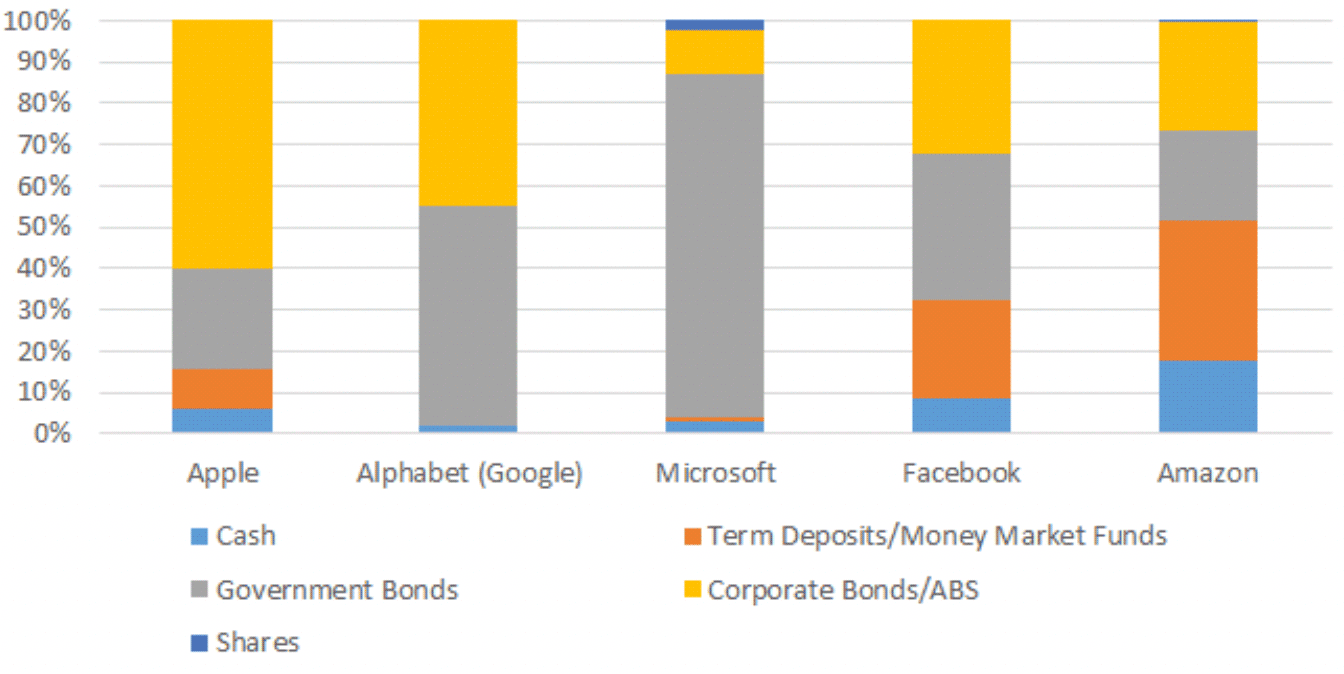Since starting at FIIG in 2014 I have consistently run into people who have had no exposure to bonds and no real idea of the value that bonds can bring to portfolios. Historically, Australian investors have been overweight (in an asset allocation sense) to cash, shares and property. This was workable, to an extent, when term deposits in Australia were higher than much of the rest of the developed world. However, with interest rates now at historic lows our term deposit rates have caught up at c.1% or even lower. This has left Australian investors searching for lower risk alternatives for the defensive portion of their portfolio. This is where bonds come into play.
Despite the fact that bonds are new to many Australian investors they are by no means a new asset class. Early bonds were frequently issued to fund wars or further a country’s imperial ambitions at sea. In 1694, the Bank of England was established with an initial goal of raising GBP1.2m to help England to build a navy to rival that of its perennial enemy and neighbour France.
Bond certificates were elaborate and artistic affairs (see here) with ‘coupons’ that could be clipped off the bottom and periodically redeemed for cash. In the current technology driven world the payment of coupons is a rather more streamlined process albeit perhaps lacking the artistic flair of days gone by. Personally, I think that this background is very important. It points to the fact that, whilst bonds are new to many Australian investors, they are not some new age and untested product, having been around for many hundreds of years.
A few years ago, technology giant Apple was hitting the headlines for its cash plie which was c.US$270bn at the time. Like everyone else I was blown away by the size of its cash holdings but unlike many others, who might have perhaps had more interesting matters to dwell on, I was also very curious as to how Apple managed and invested those funds. Was it simply kept in cash and term deposits or did they take a more sophisticated approach? It does not take a genius to work out that even an extra 0.1% or 0.2% return on US$270bn is a substantial amount of money i.e. US$270m – US$540m.
I was not at all surprised to see that Apple was actually very active in managing its funds and indeed very little was left in cash and term deposits. Given that a few years have passed I thought it was worth revisiting Apple’s approach along with that of a handful of its well-known peers. I do not think that it is overstating it to say that these are some of the largest, most sophisticated and most successful companies in the world. They are leading the way in their sectors and they also continue to lead the world in their cash management practices.
The chart below reflects broadly how these companies invest their cash holdings. Currently these companies are each managing cash holdings of c.US$50bn – US$200bn. To perhaps state the obvious, this is vastly more than the majority of the world’s professional investment managers have under management. However, mainstream investment managers will be managing assets across a range of different mandates from very low risk to high risk. When looking at these companies we are talking about corporate cash meaning that the mandate will always be low risk with the protection of capital paramount at all times.
Cash & Marketable Securities

Apple remains the largest with slightly above US$200bn in cash and marketable securities, of which it only holds c.5% in cash and 10% in term deposits. The remaining 85%, or c.US$174bn, is invested in either Government or Corporate Bonds. Alphabet and Microsoft hold a mere 2% and 4% respectively in cash and term deposits. Curiously Microsoft almost has the same allocation to shares as it does to cash. Facebook and Amazon hold higher proportions in cash and term deposits; however each still maintains vast holdings (tens of billions of US dollars) of Government and Corporate Bonds.
As stated above bonds have been around for many centuries. Even credit rating agency Standard & Poor’s, which offers oversight (of sorts) to the bond market, has been around since 1860. Such ratings consistently point to investment grade bonds, those rated BBB- or better, being the safest part of the market. While we do not have the detailed breakdown we can be very confident that the vast majority of the exposures detailed above are in investment grade bonds.
These companies have very large cash balances; however they are all still doing their utmost to extract the best possible return whilst keeping a keen eye on risk. In Australia, while allocation to bonds is growing it remains extremely low by all international comparisons. We think that if the largest, most sophisticated and successful international companies in the world are heavily allocating towards bonds then any groups and/or individuals sitting on high levels of cash should also be seriously considering the same.